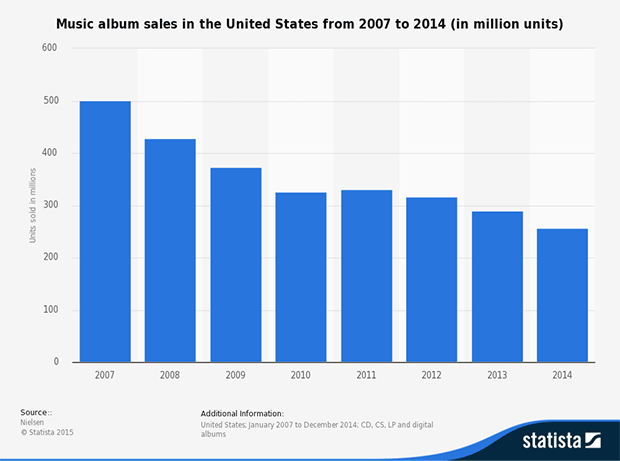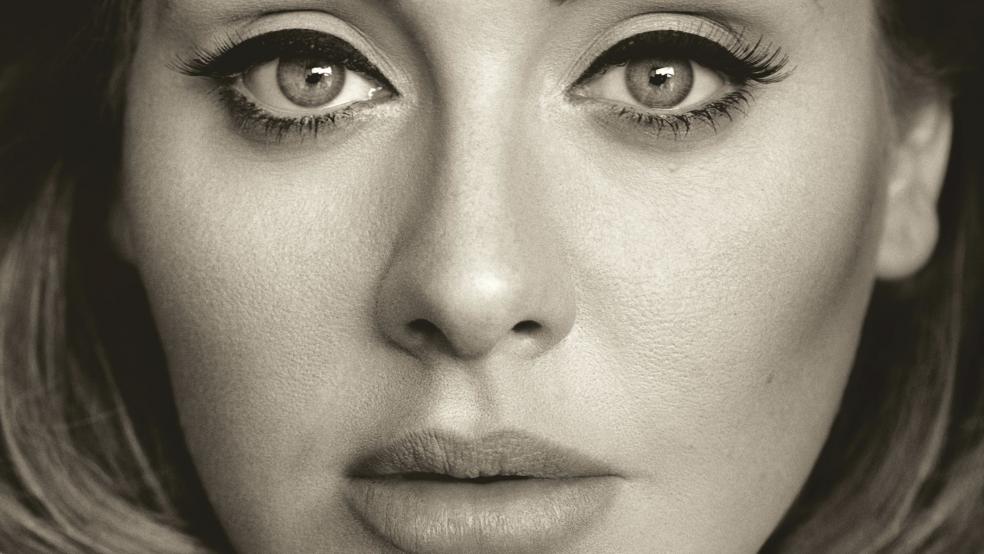For the past few years, the music industry has relied on a sort of Christmas miracle, a last-minute release from one of the few artists who can still move the needle and keep sales figures in the black. Two years ago it was the surprise release of a Beyoncé album. Last year it was, of course, Taylor Swift’s “1989” and all its accompanying #squadgoals that permeated the zeitgeist.

This year, the release of Adele’s “25” may very well break album sales records that have stood since the pre-digital age.
Related: Jetpacks, Spying TVs, and the Post-Apocalypse: The Future is Now
Adele is, in some ways, a surprising savior for the music business. She doesn’t quite have the same star wattage as Beyoncé or the weird cult of Taylor. Instead, the record-setting triumph of “25” basically comes down to talent, style and cunning strategy — plus, anticipation built up over Adele’s lengthy sabbatical after the huge success of her last album.
Adele’s first album, “19,” was a moderate success in 2008 (when the bottom had only just begun to fall out on the industry), going seven times platinum and putting the singer on the map. But it was 2011’s “21” that made her a phenomenon, channeling heartbreak into 30 million copies sold. Since then, the singer’s only output was 2012’s James Bond anthem “Skyfall,” until the release of the “Hello” single last month.
That helps explain why “Hello” instantly topped the charts in 28 countries, including the U.S. and her native U.K., and became the first single to sell 1 million downloads on release week.
But years of anticipation isn’t the only reason analysts are so bullish on the prospects for Adele to shatter records. Adele’s choice of genre also gives her some advantages.
Related: Star Wars: Everything You Wanted to Know but Were Afraid to Ask
Only two albums have even gone platinum in 2015: “1989,” which was released last year, and Drake’s “If You’re Reading This, It’s Too Late,” which took six months to reach the benchmark. Unlike Beyoncé and Drake’s obvious debts to hip-hop and soul or Swift’s country-girl-gone-teen-pop act, Adele’s torch-song style is just as appealing to wistful boomers as it is to lovelorn teens. And boomers still buy records. You know, actual physical items. In fact, in 2015 boomer icons with little crossover appeal like James Taylor and Don Henley were able to have No. 1 albums, a feat unthinkable as little as five years ago.
If boomers and gen Xers are still buying music because it’s what they’ve always done, millennials and whatever it is we’re calling the teenagers that follow them will have no choice if they want to hear “25.” Adele, like Swift and Beyoncé, has decided to not allow her album to go to streaming services such as Pandora and Spotify. Analysts are predicting 1.5 million physical CD sales in the first week alone. Factor in iTunes and digital pre-sales and there is every indication that Adele’s new album will break the 2.5 million sales record held by N’Sync’s “No Strings Attached” from 2000.
While this will certainly not address the industry’s larger challenges with these services, it will at least allow the industry to celebrate another end-of-year smash. And for as long as Adele tops the charts and continues to set records, the industry can again hide its head in the sand and pretend that everything is ok.

